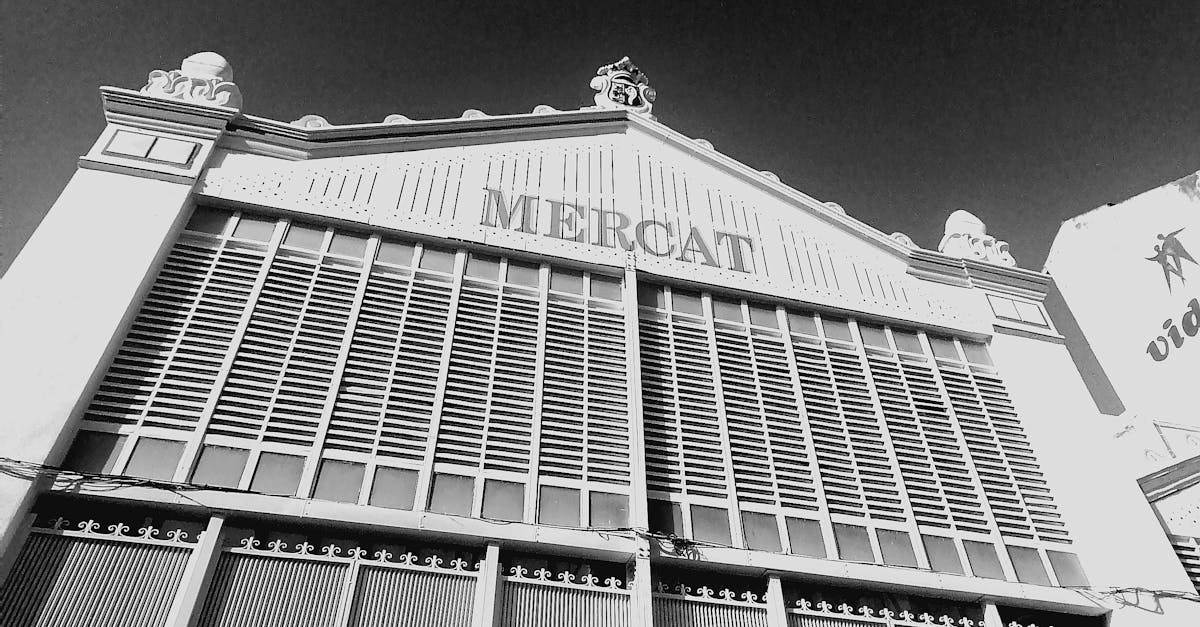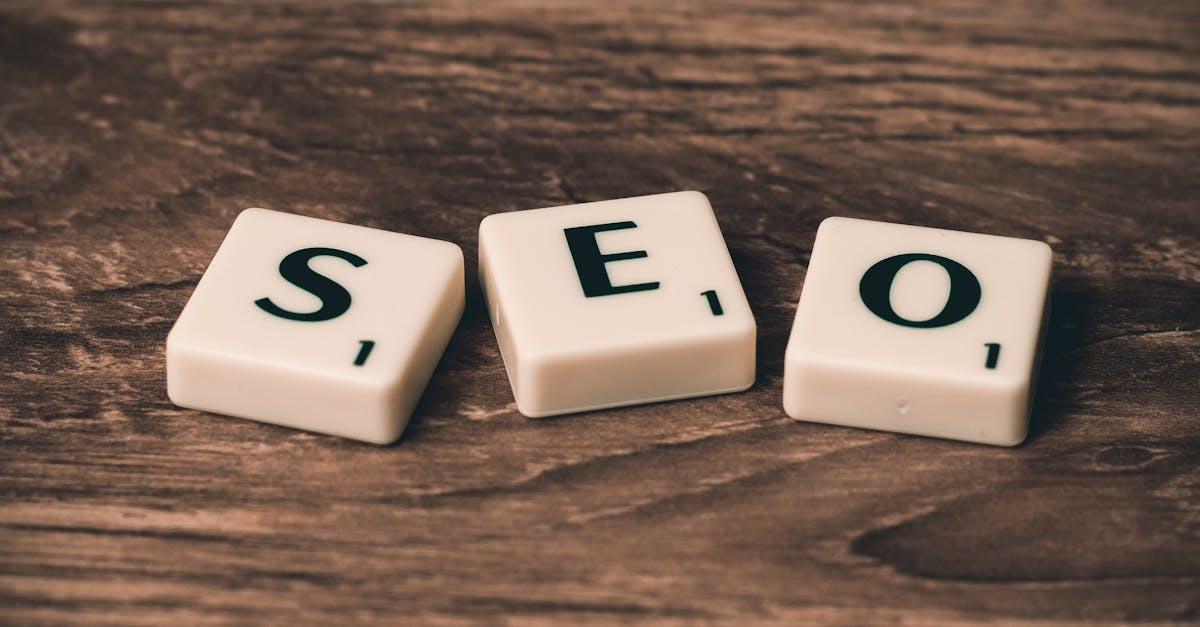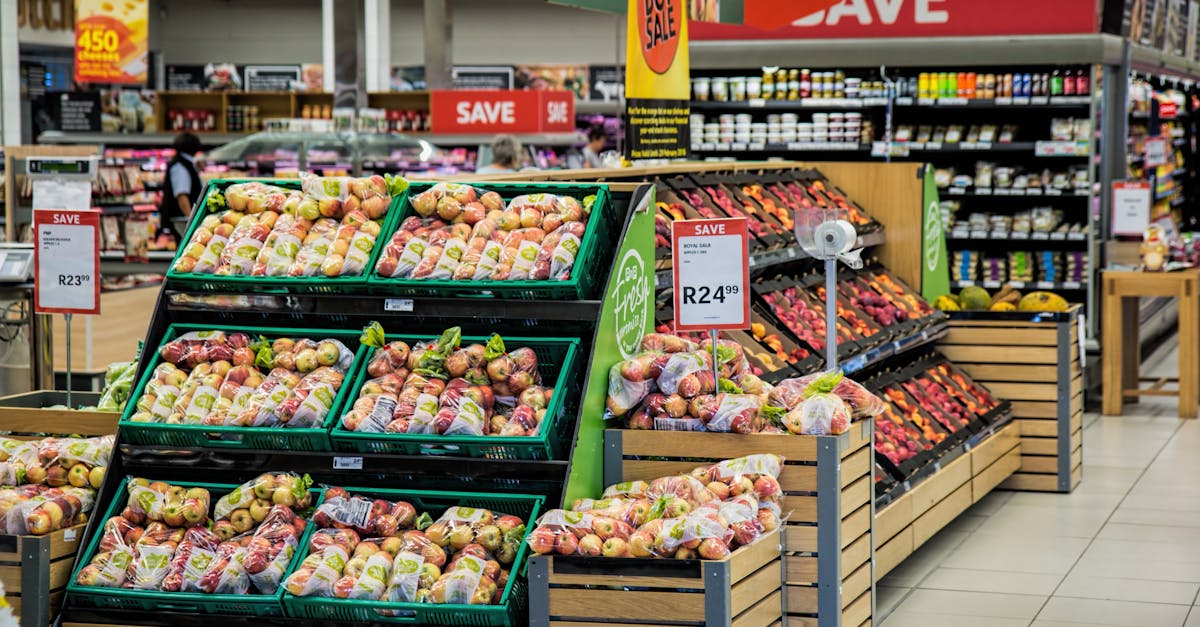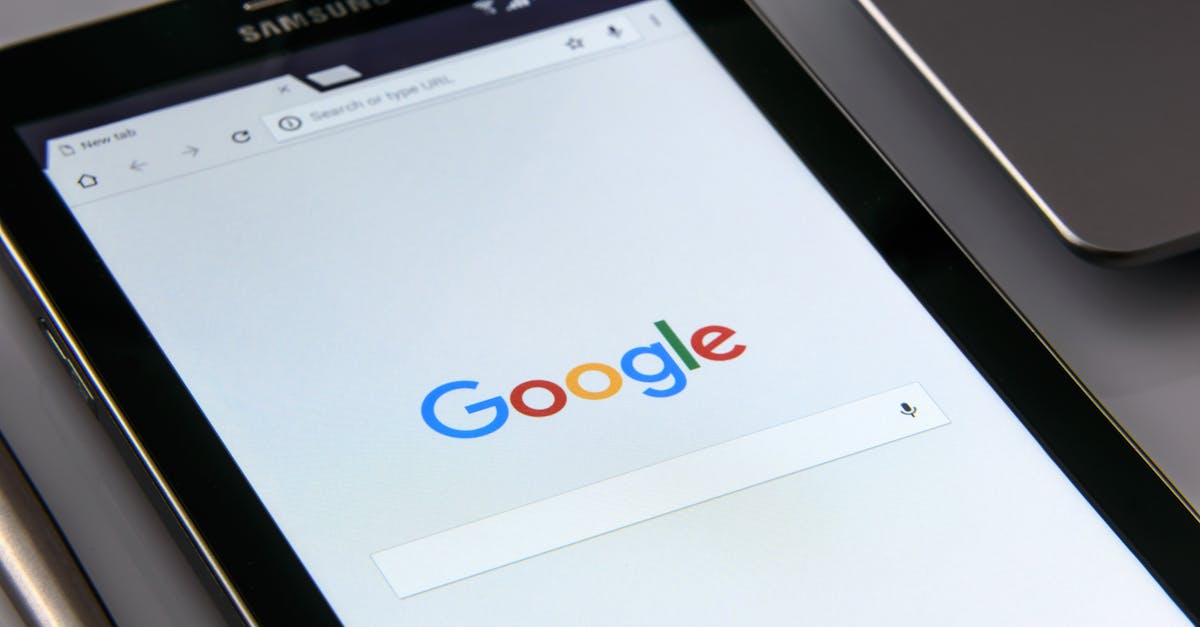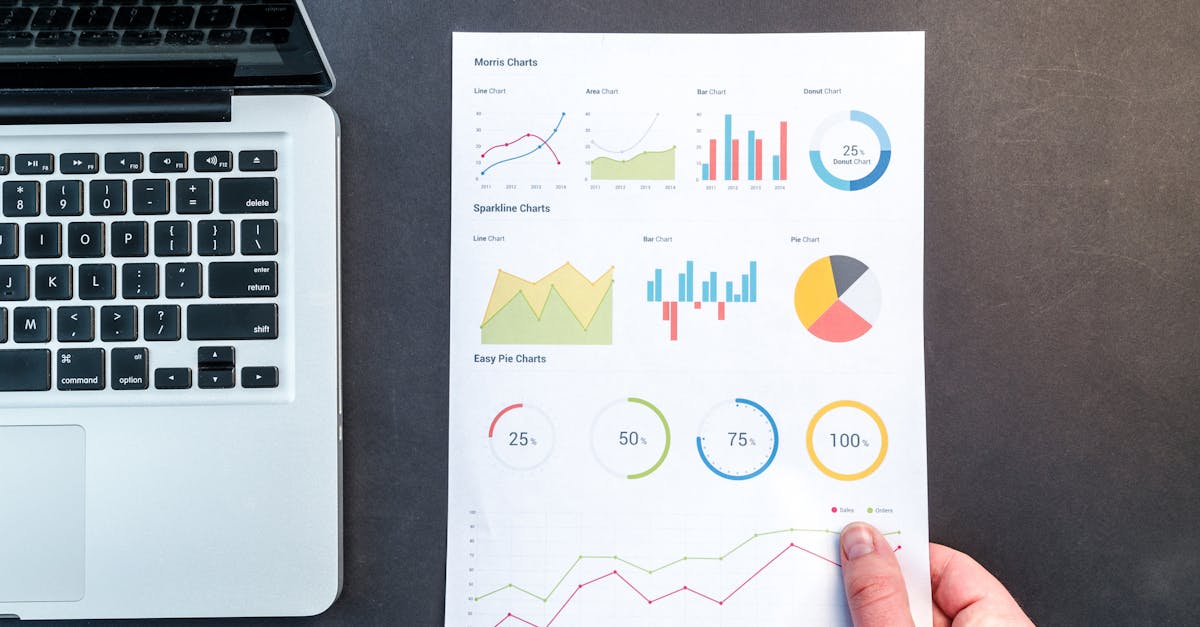
Table Of Contents
Seasonal and Temporal Effects
Seasonal fluctuations significantly impact the cost of Pay-Per-Click (PPC) Advertising. Certain times of the year, such as holidays or major shopping events, can witness increased competition among advertisers. This surge occurs as more businesses aim to capitalise on consumer spending patterns, leading to higher bids for keywords. Consequently, advertisers often find themselves paying more during these peak periods, which drives up the overall cost-per-click (CPC) rates.
The time of day also plays a crucial role in determining CPC rates. For instance, advertisers may experience varying costs depending on whether ads are served during peak business hours or late at night. Audience behaviour changes throughout the day, and subsequently, the demand for ad placements fluctuates. As a result, understanding these temporal effects is essential for advertisers looking to optimise their Pay-Per-Click (PPC) Advertising budget and maximise return on investment.
How Time of Year Affects CPC Rates
Advertising strategies often fluctuate with the seasons, impacting Pay-Per-Click (PPC) Advertising costs in significant ways. During peak shopping periods, such as holidays or special events, competition for ad placements intensifies. Advertisers are keen to capture consumer attention, which drives up the cost per click as they bid more aggressively for limited visibility. In contrast, quieter months may see reduced competition, allowing advertisers to secure placements at a lower CPC.
Certain industries experience pronounced seasonal trends, contributing further to CPC variability. For example, travel and retail sectors face heightened competition during holiday seasons, while demand may wane in off-peak months. This cyclical nature of consumer behaviour and spending patterns means that businesses must carefully time their PPC Advertising efforts to align with when their target audiences are most likely to engage, ultimately affecting their advertising budgets and strategies.
Targeting Options and Their Costs
Targeting options play a crucial role in determining the cost of Pay-Per-Click (PPC) Advertising campaigns. Advertisers can refine their audience through various criteria, including demographics, interests, and geographic location. Each targeting method can lead to varying levels of competition. Highly specific audience segments often attract higher bids, driving up the overall costs associated with CPC rates. Businesses must weigh the benefits of precise targeting against the financial implications, ensuring their campaigns remain cost-effective without sacrificing reach.
Additionally, the intricacies of audience segmentation can further influence CPC costs. Advertisers who segment their audiences into tightly defined groups may find themselves paying a premium for access to these niches. This strategy can be advantageous as it enhances relevance and engagement, but it often comes with increased competition. Maintaining a balance between achieving specific targeting goals and managing CPC expenses remains an essential endeavour for marketers focused on optimising their Pay-Per-Click (PPC) Advertising efforts.
Audience Segmentation and CPC
Effective audience segmentation is crucial in Pay-Per-Click (PPC) Advertising as it directly impacts cost-per-click (CPC) rates. By defining different target groups based on demographics, interests, and behaviours, advertisers can tailor their campaigns to reach the most relevant audiences. This targeted approach often leads to higher engagement and conversion rates, which can justify a higher CPC. Advertisers willing to invest in precise segmentation may find the higher costs are compensated by improved return on investment.
However, not all segments are created equal, and the competition for certain demographics can drive CPC rates up significantly. Popular audience segments, such as young professionals or high-income consumers, typically attract more advertisers, leading to increased bidding activity. This heightened competition means that advertisers may need to increase their bids to secure visibility in their desired segments. Consequently, understanding the different audience dynamics becomes essential for optimising PPC strategies and managing expenditure effectively.
The Influence of Ad Platforms
Different advertising platforms can significantly impact CPC rates due to their unique pricing models and user demographics. Google Ads, for example, dominates the Pay-Per-Click (PPC) Advertising landscape, often leading to higher competition and increased CPC as advertisers vie for top positions in search results. Other platforms, like social media channels, provide diverse targeting options but may offer lower CPC rates depending on their audience engagement and ad relevance.
The characteristics of each platform also shape the effectiveness of PPC Advertising campaigns. For instance, platforms with a younger demographic may yield lower CPC, as advertisers may not face as much competition in certain niches. Conversely, platforms that cater to professional audiences, such as LinkedIn, can cause CPC to spike due to a concentrated pool of advertisers targeting specific industries. Understanding these nuances is essential for marketers seeking to optimise their advertising spend.
Comparing CPC Across Different Platforms
CPC rates can vary significantly across different ad platforms. For instance, popular platforms like Google Ads tend to have higher CPCs due to increased competition for keywords and a larger audience base. Advertisers often bid aggressively in Google’s auction-style system, pushing prices up for competitive sectors. In contrast, platforms such as Facebook may offer lower CPCs, particularly for niche targeting options, enabling advertisers to reach specific demographics at a more economical rate.
The choice of platform affects not only CPC but also the overall effectiveness of Pay-Per-Click (PPC) Advertising campaigns. Each platform has its unique user behaviour and engagement levels, impacting how effectively ads convert. For example, LinkedIn may command higher costs due to its professional audience and targeting capabilities, while other platforms might provide opportunities for cost-effective outreach with less targeted audiences. This variation necessitates careful consideration by advertisers when selecting where to allocate their PPC budgets.
FAQS
What does CPC stand for?
CPC stands for Cost Per Click, which is a pricing model where advertisers pay a fee each time their ad is clicked.
Why does CPC fluctuate throughout the year?
CPC can fluctuate due to seasonal and temporal effects, as certain times of the year may see increased competition for ad space, such as during holidays or major sales events.
How can audience segmentation impact CPC rates?
Audience segmentation allows advertisers to target specific groups of people, which can lead to higher CPC rates for competitive demographics or niches, as advertisers are willing to pay more to reach their ideal audience.
Are CPC rates the same across all advertising platforms?
No, CPC rates can vary significantly across different ad platforms due to factors such as audience size, competition, and the effectiveness of targeting options offered by each platform.
What can advertisers do to lower their CPC?
Advertisers can lower their CPC by optimising their campaigns through better targeting, improving ad quality, using negative keywords, and adjusting bids based on performance data.














